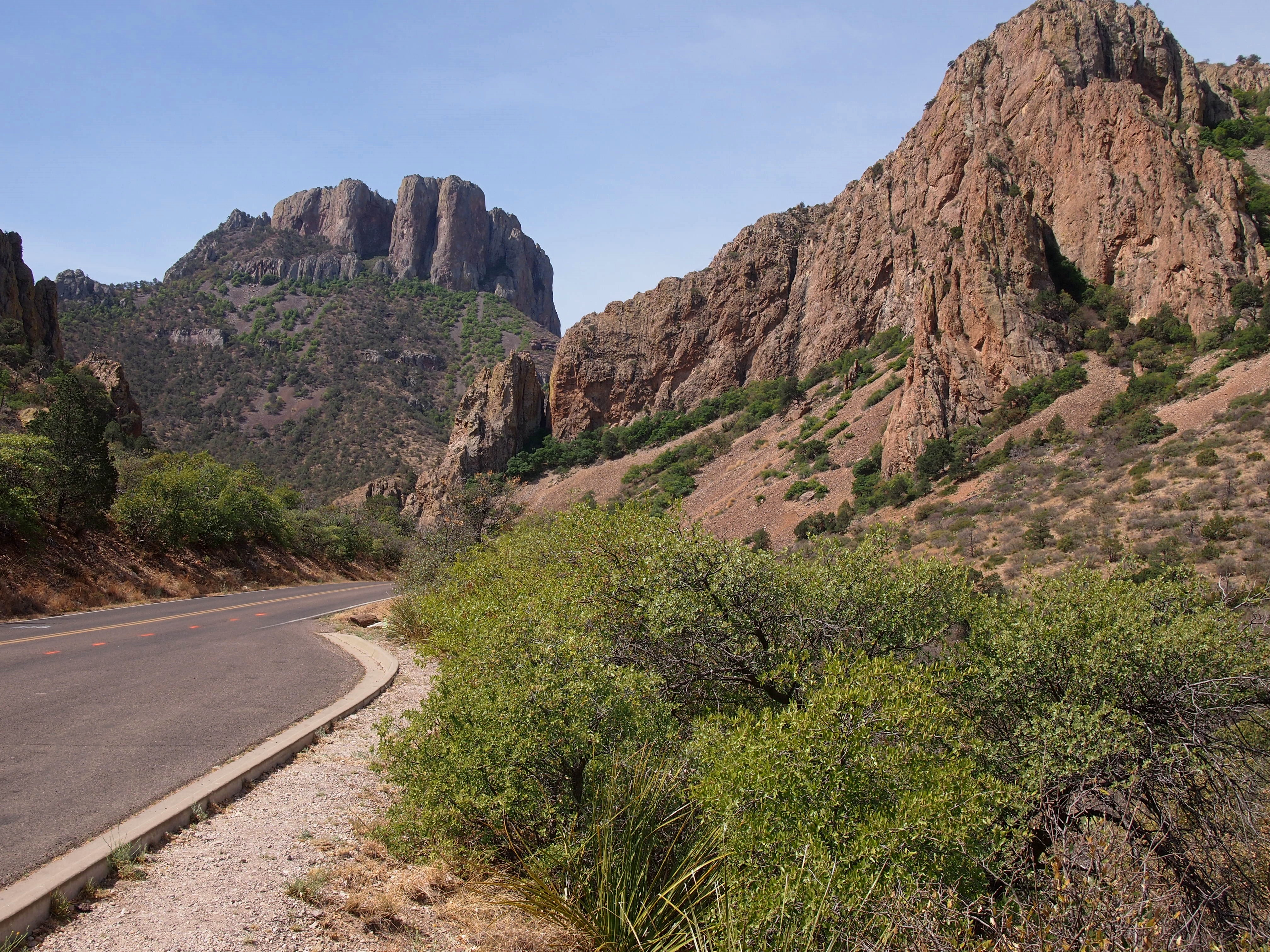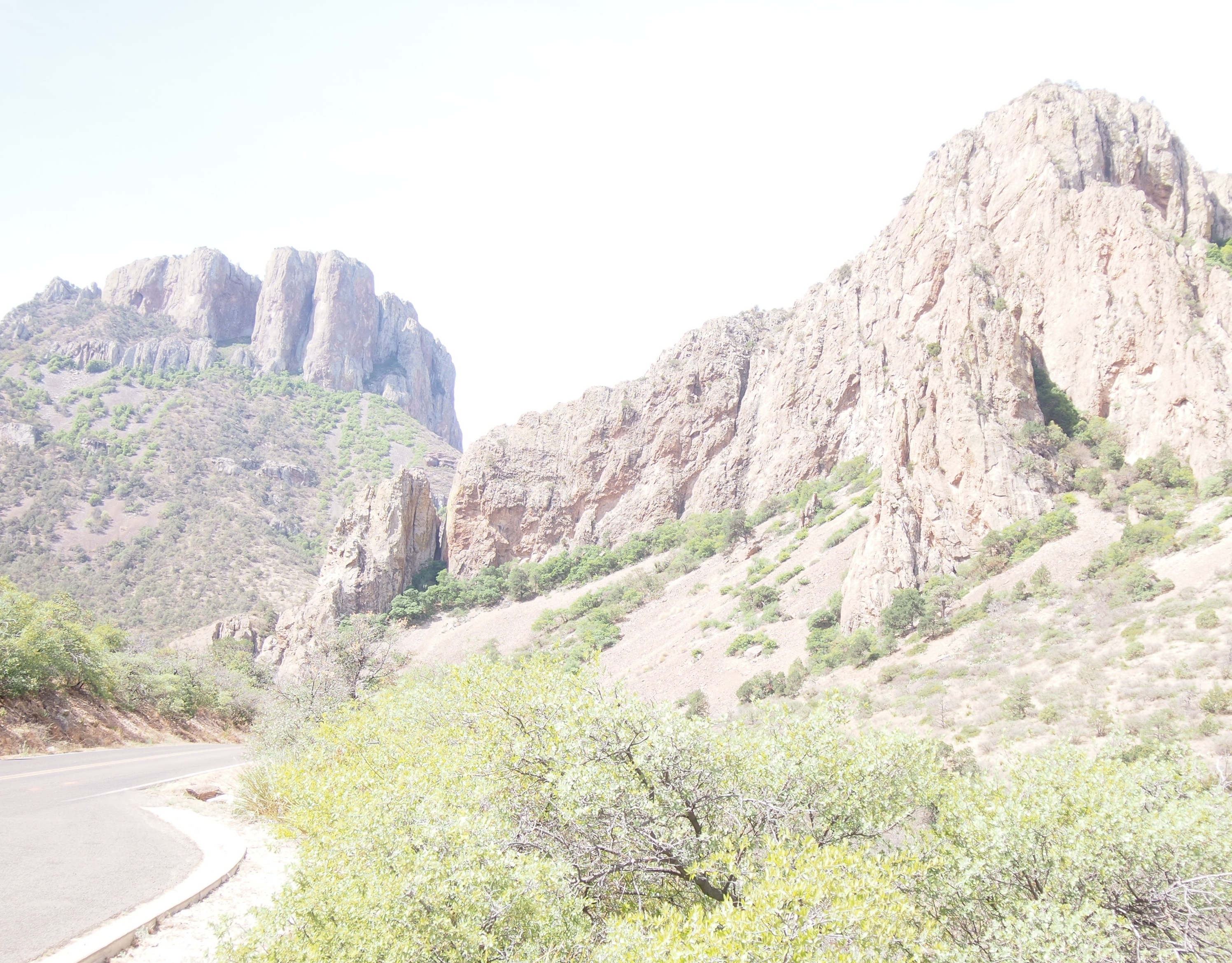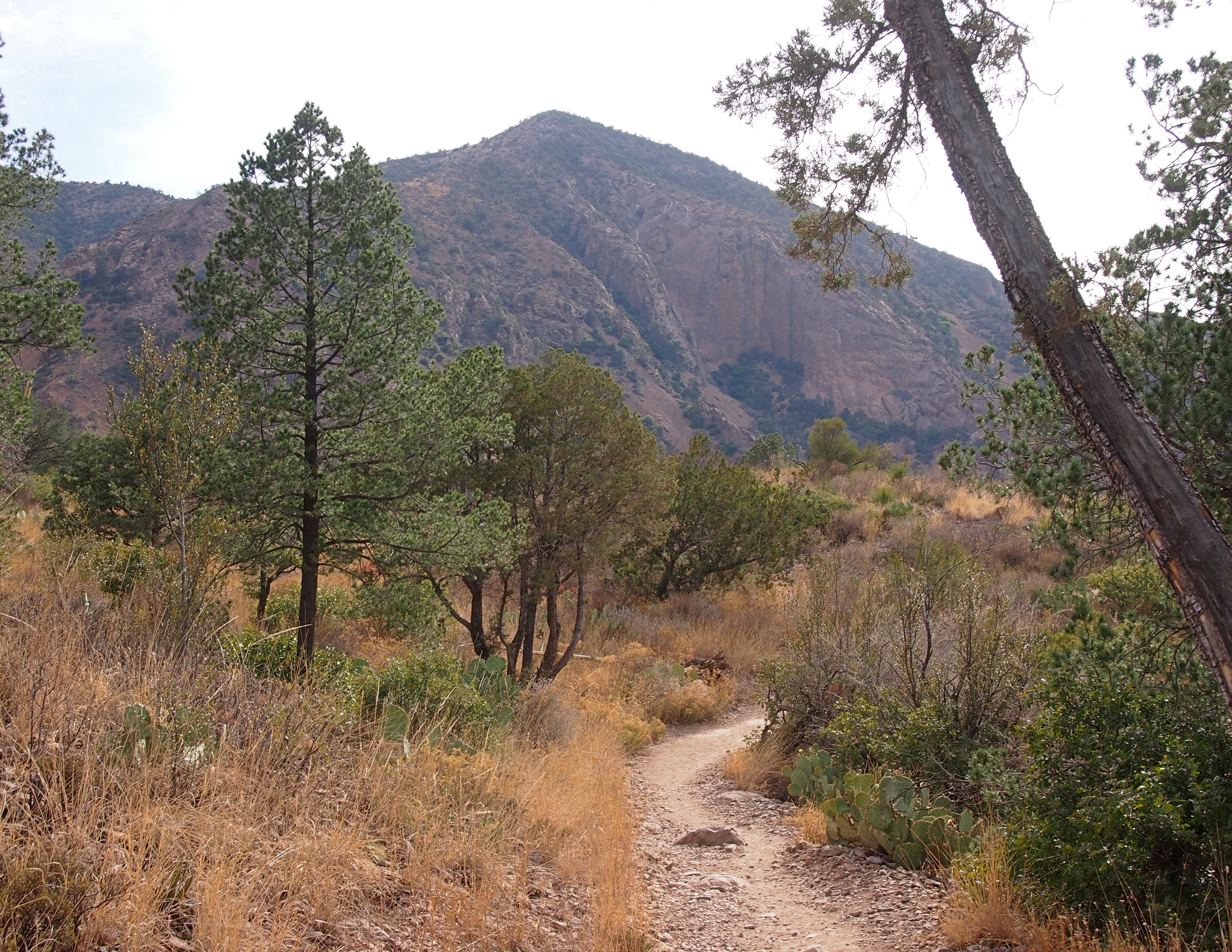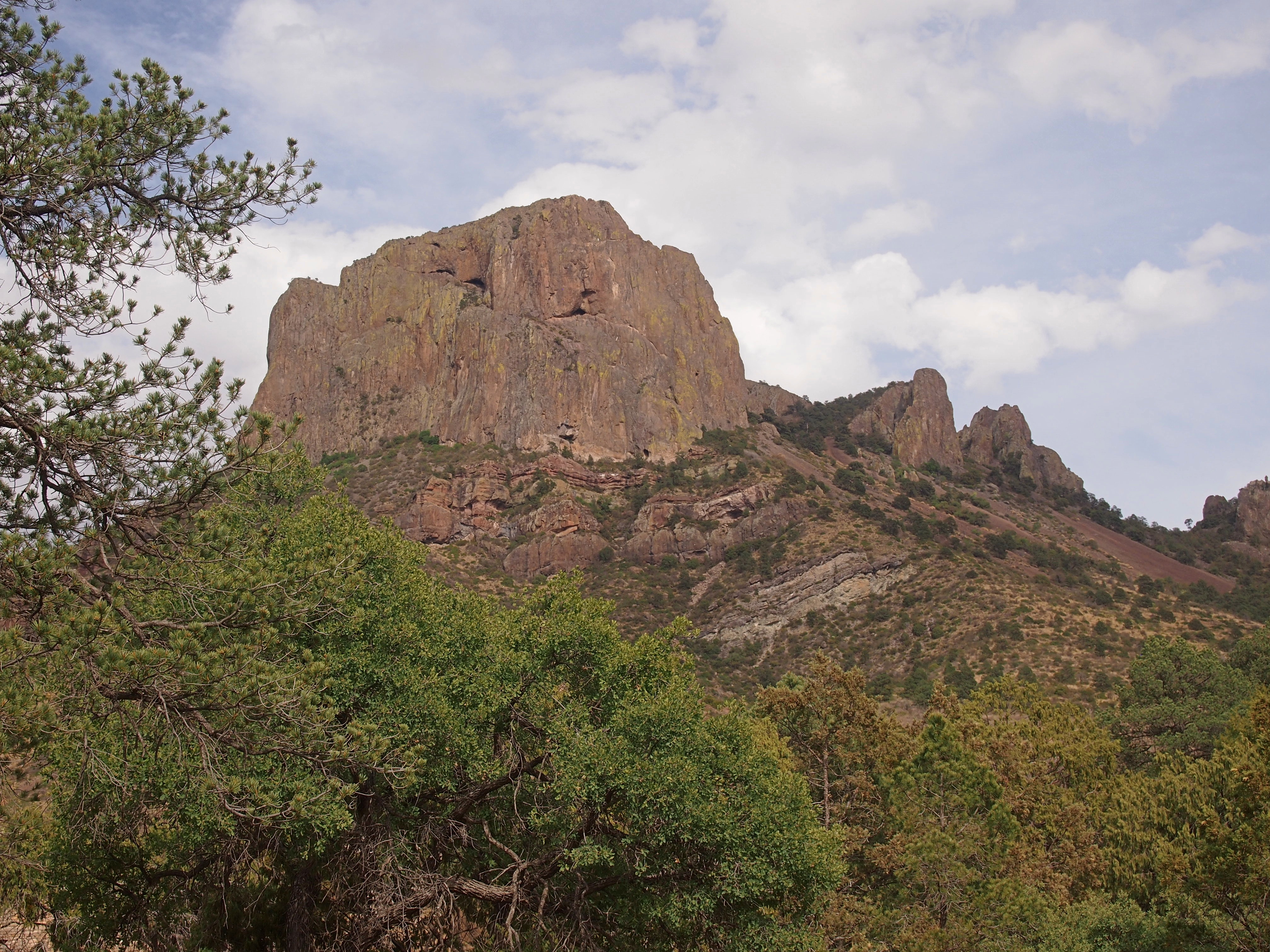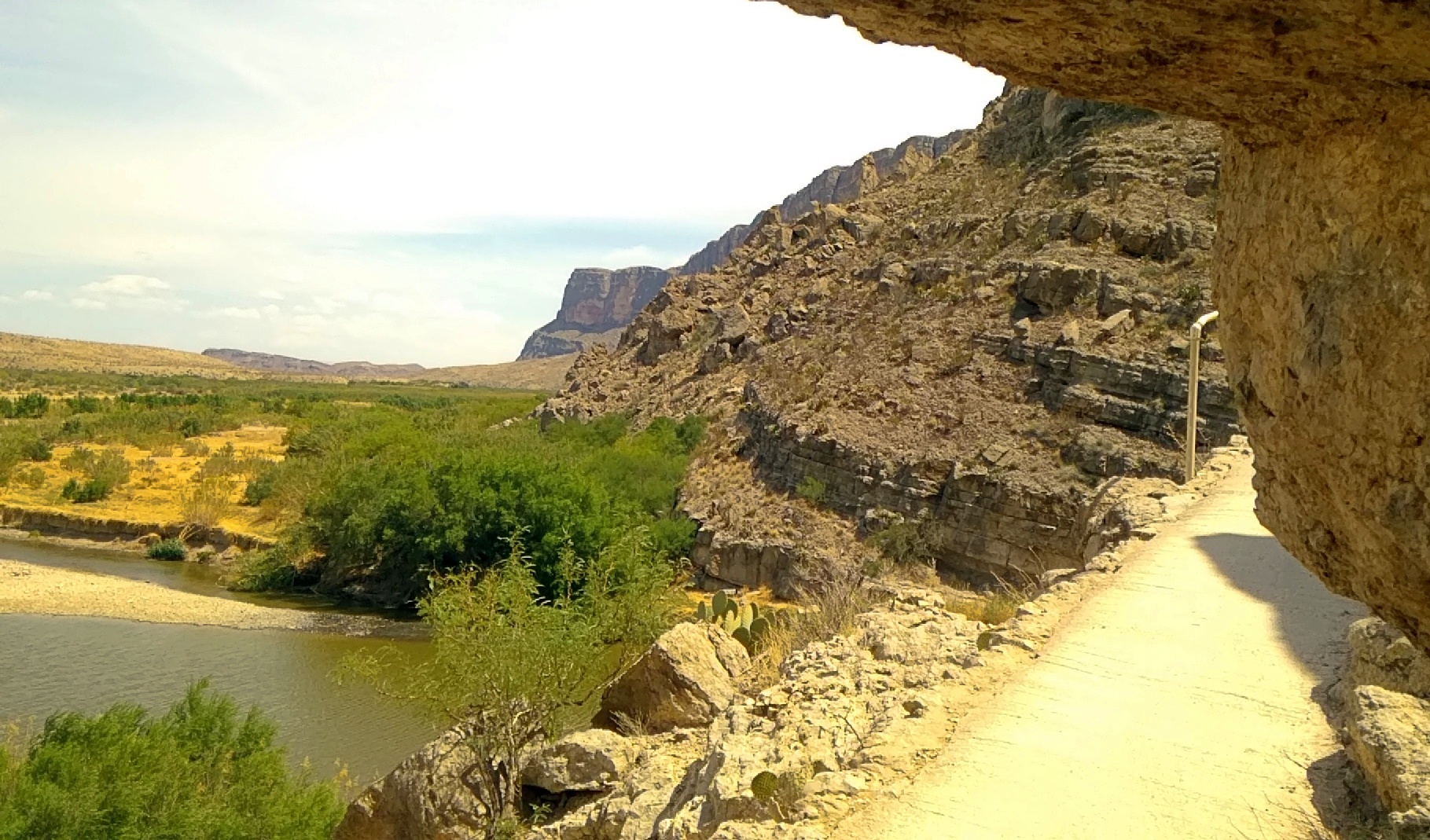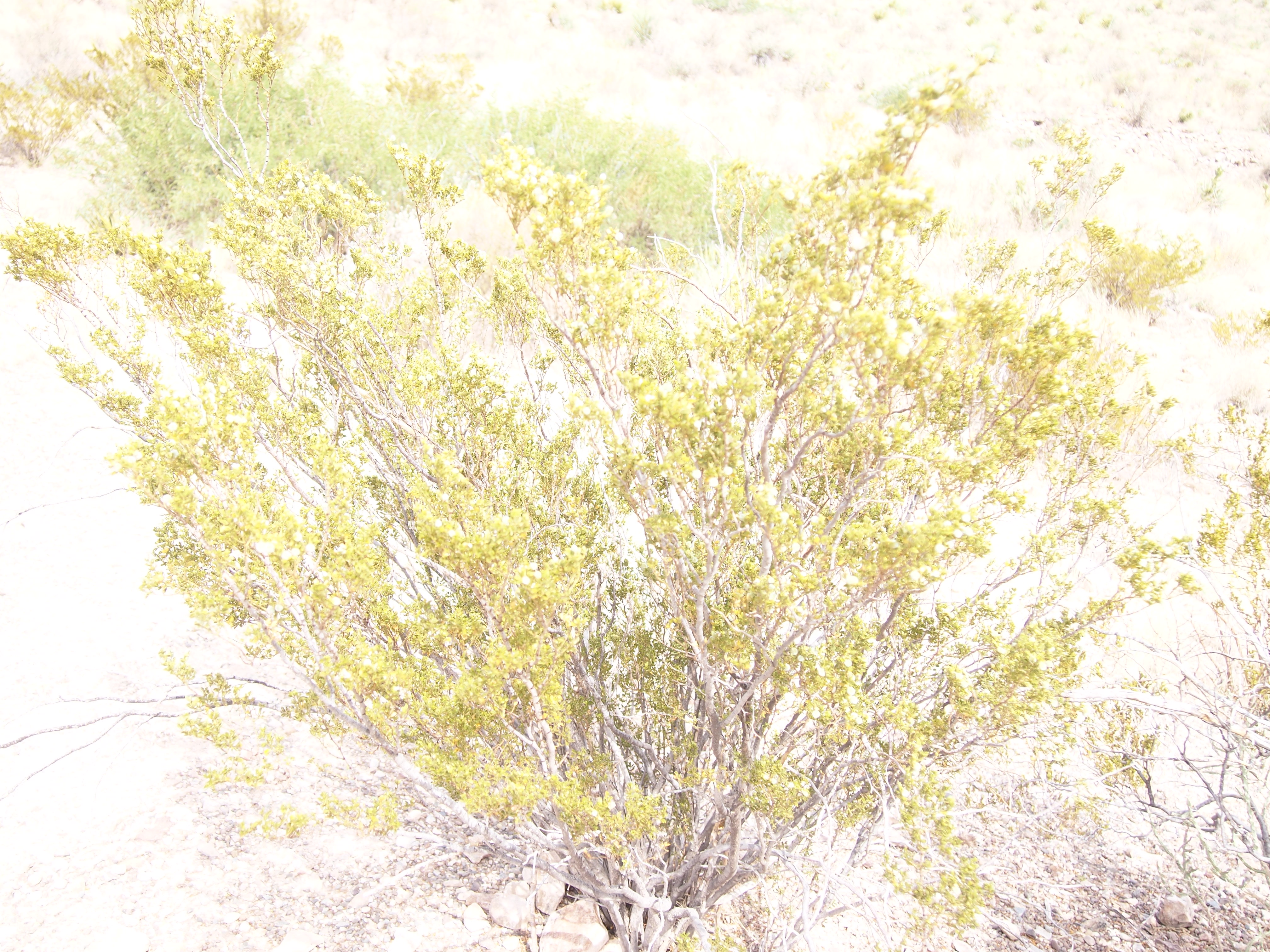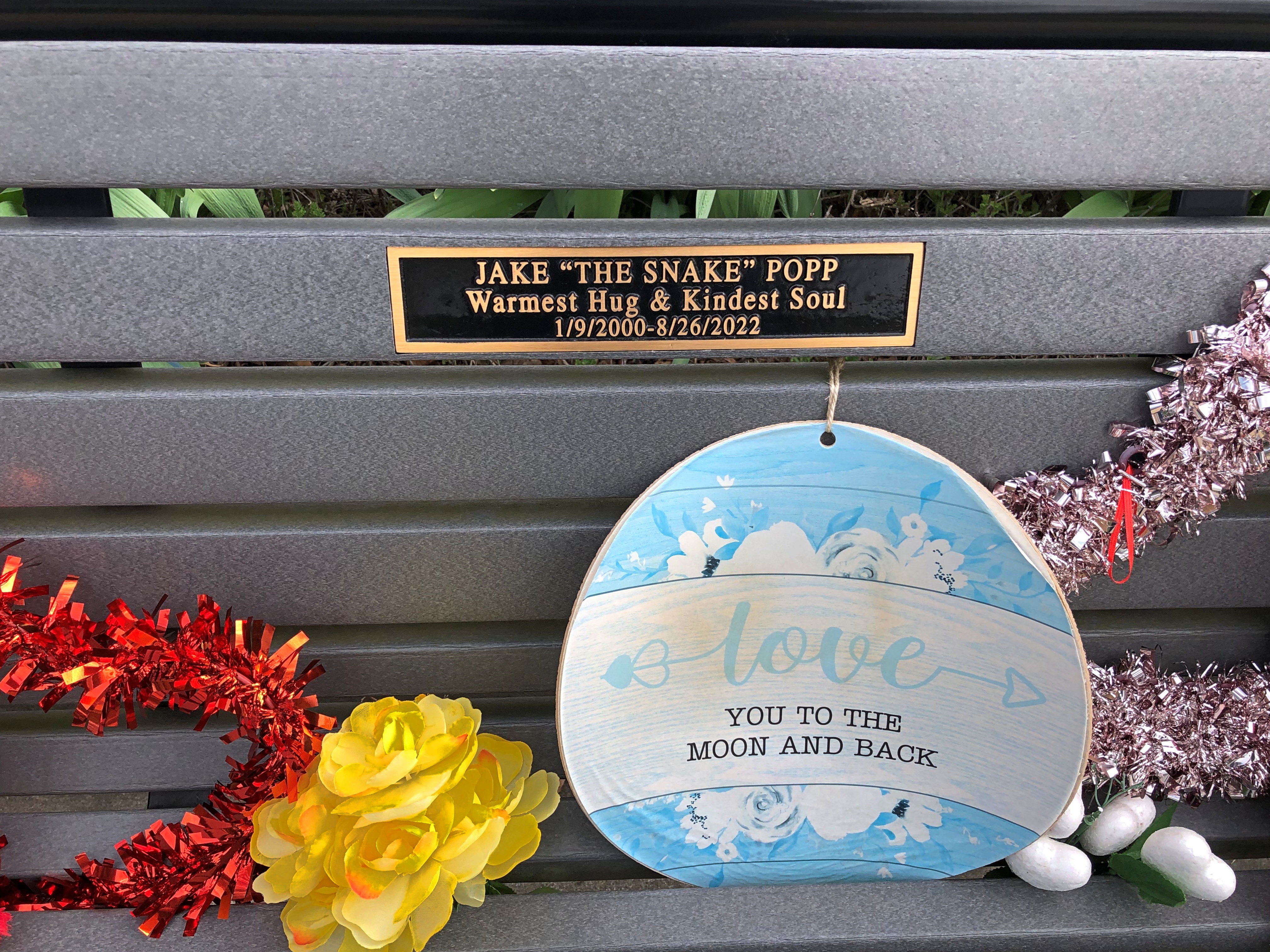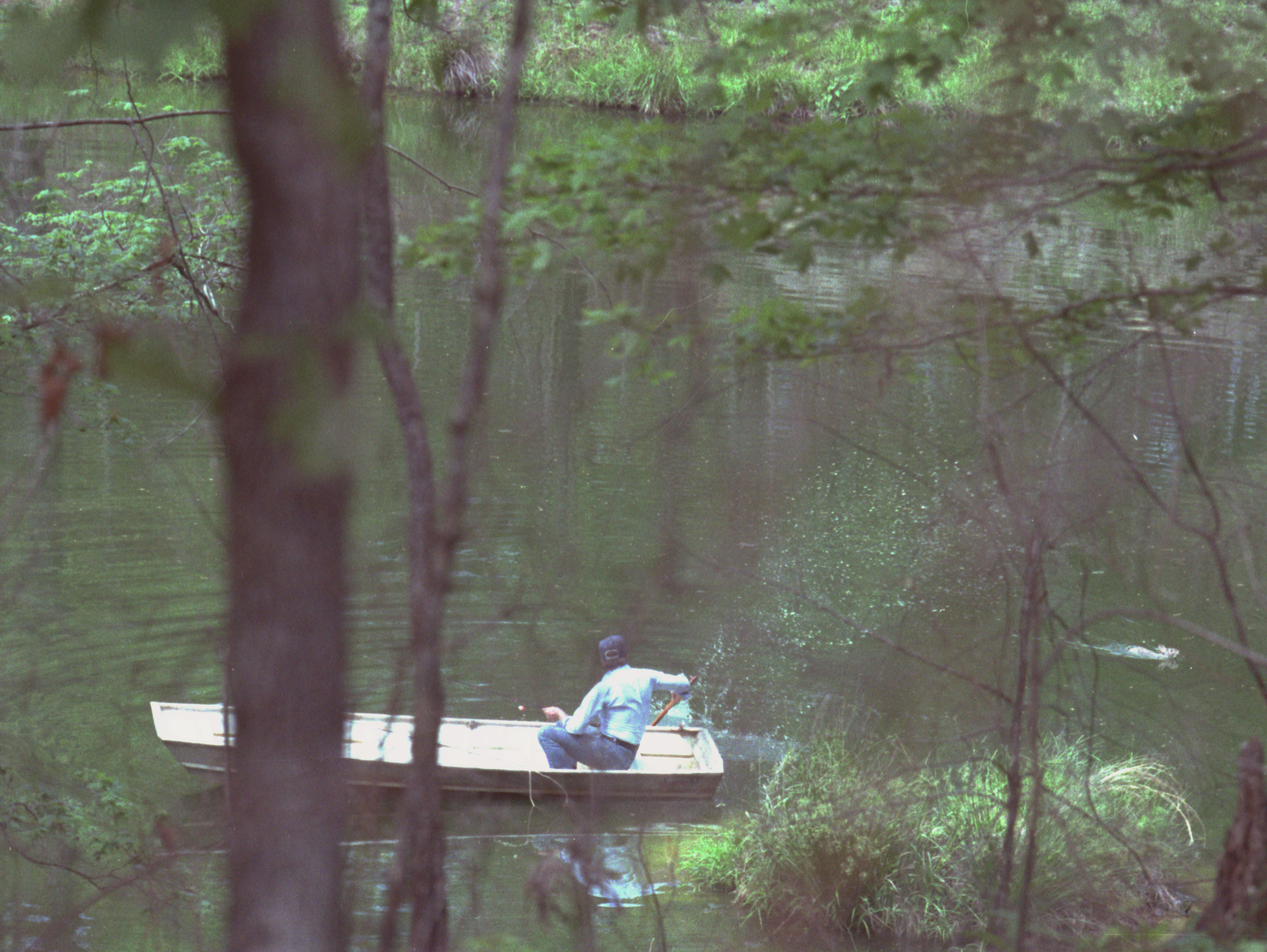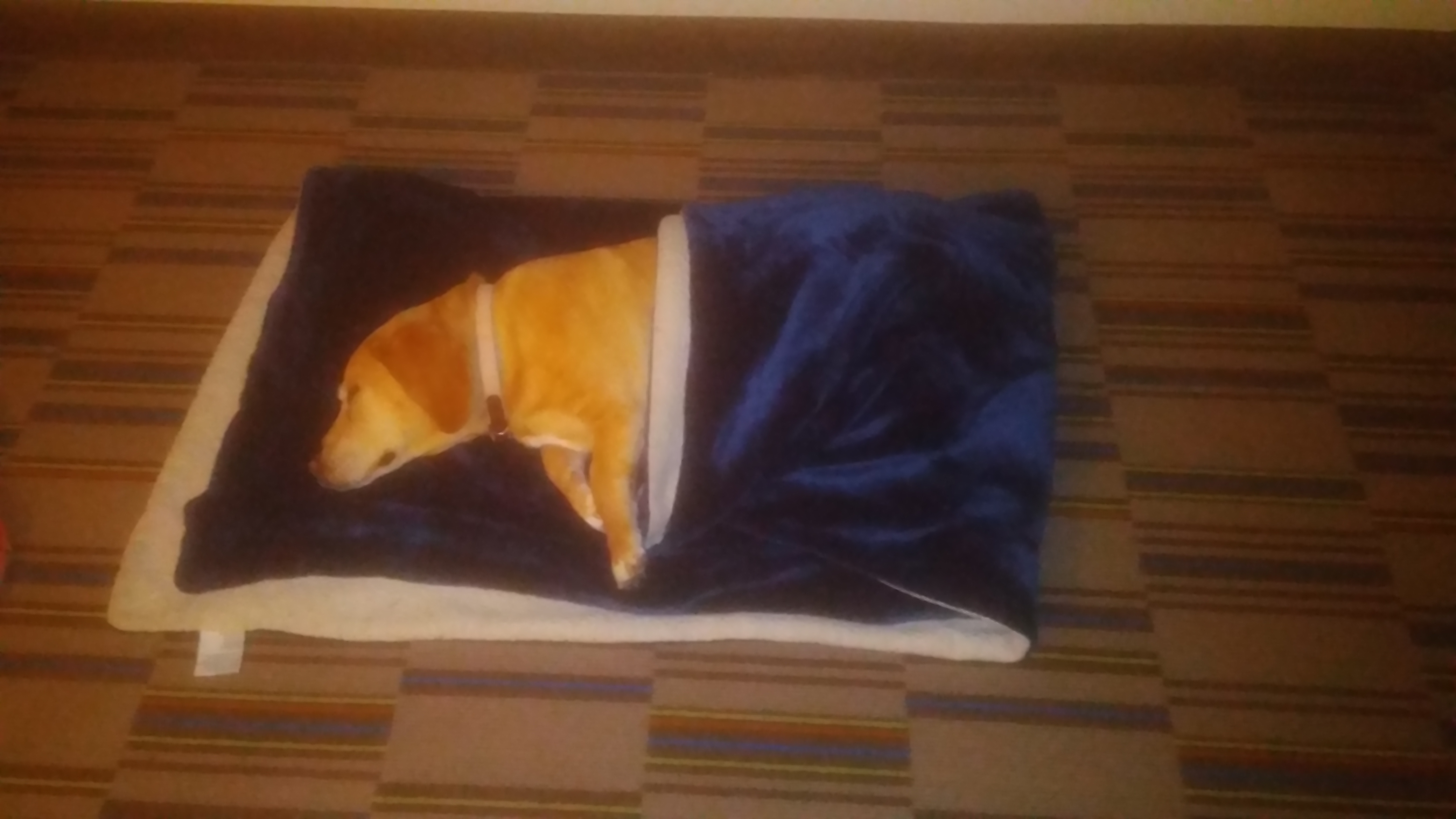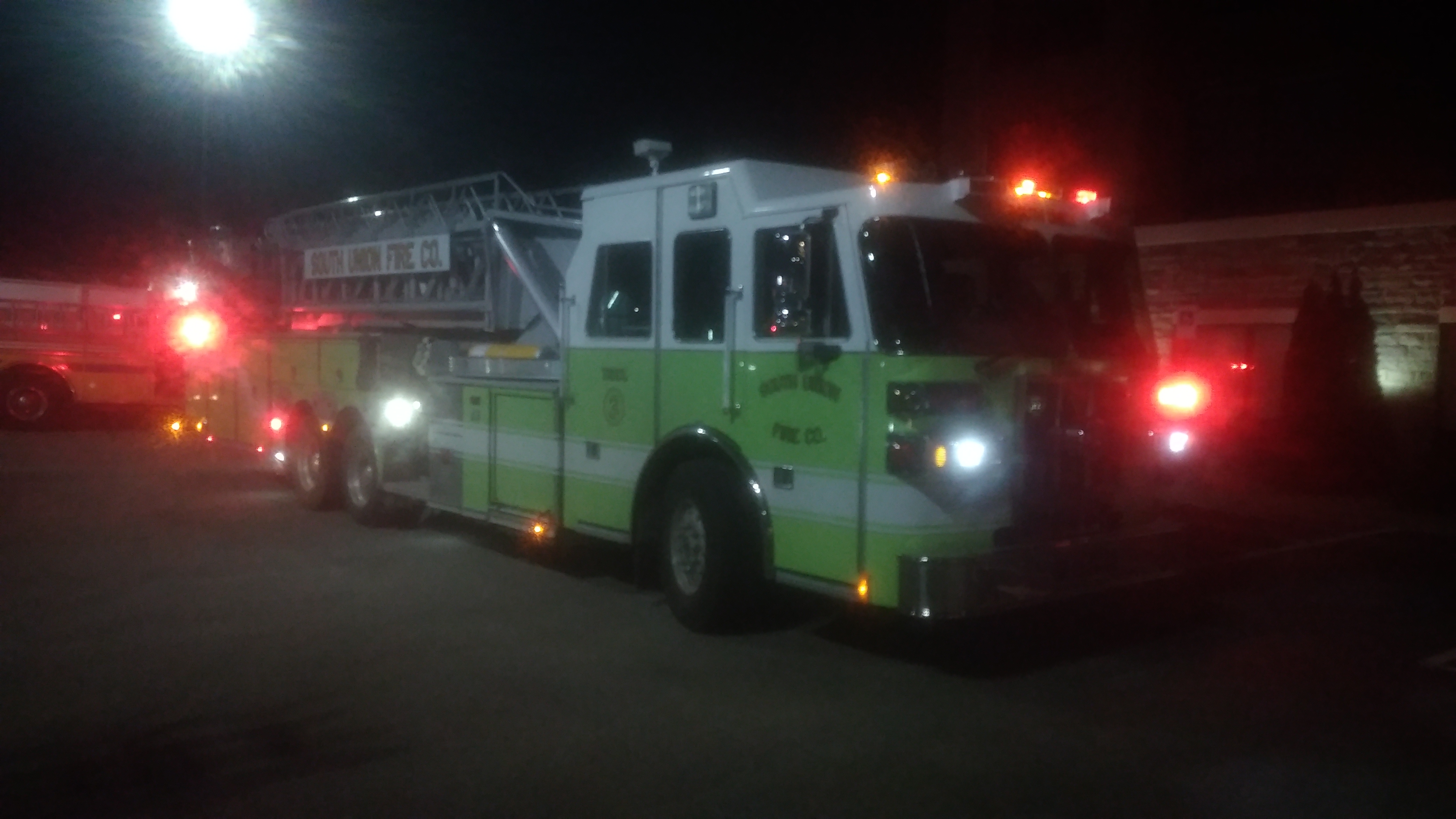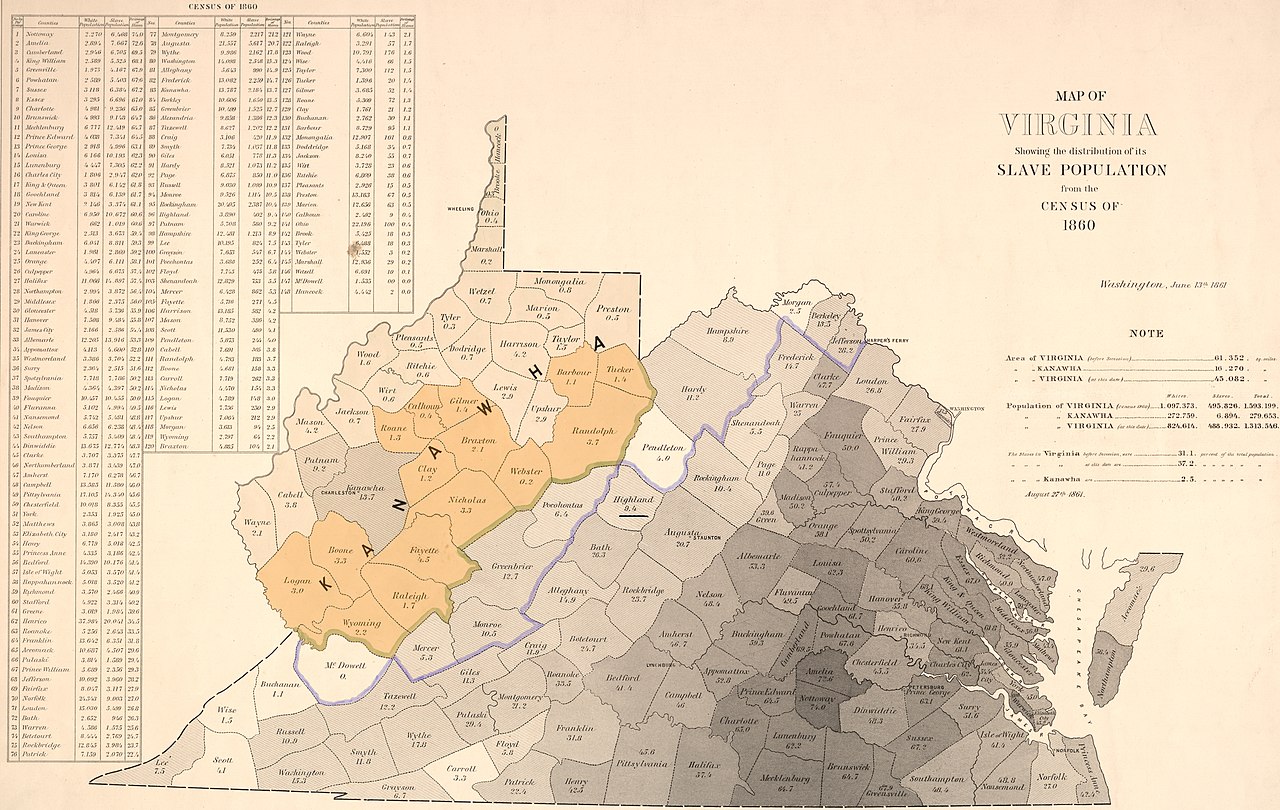RIP, Marianne Savalli Vanness. I knew her at Vanderbilt during my senior year, when we both worked on the student newspaper, the Vanderbilt Hustler, and had a number of friends in common.
I hadn’t seen her or had any contact with her since 1983, except for a nominal link on Facebook, but her obituary isn’t exaggerating about “her warm and generous spirit and her love of laughter.” We weren’t close, but I knew her well enough to know that was true even then.
Not mentioned in the obit, because why would it be – she played a part in the movie Das Volkswagen. Forty years ago, on April 21, 1983, I attended the world premiere of Das Volkswagen, in fact its only screening in front of an audience that I know of. For the film class that I took at the time.
During my last semester at Vanderbilt, one of my easy classes was Film. We watched movies (Bonnie and Clyde, Casablanca, Citizen Kane, Meshes of the Afternoon, among a number of others) and wrote papers about them. Also, in groups of three, we were lent 8mm cameras and made three different movies throughout the semester, which were then shown to the class.
By definition, they were collegiate efforts, some better than others. Our first assignment was to make a silent movie with a certain number of shots, not very many. I partnered with my friends Dan and Steve, who were also in the class, to make The Going Away Party. In it, Dan’s character has taken a bath; he puts on a towel and emerges from the bathroom, only to find a party in progress that he clearly hadn’t known about. A girl in a frilly black blouse and black slacks, wearing the kind of fancy black mask you might see at a masque, immediately pays attention to Dan, including stroking his newly shaved face. Through emphatic gestures, Dan tells her to stay right there; he’ll get dressed in the bathroom, and be right back. So in the bathroom, door closed, Dan hastily dresses, opens the door and finds – nothing. The party is gone.
The inspiration had been, and more than one person noticed this, “Splish Splash,” the Bobby Darin song. It was a fun little movie. We had filmed the party sequences during an actual party one Saturday evening at our rented house, the fondly remembered 207 31st St. N. in Nashville, where we threw a half-dozen parties at least, including the Lonely Existential Blender Blues Party (it’s good, I think, to have a few named parties in one’s past).
The girl in black, who wasn’t in our film class, was a frequent attendee at our parties, and rumored to be a bondage enthusiast, something I did not confirm one way or the other. She hammed up her part just right, though.
I made another movie with a couple of underclassmen I didn’t know that well, and it was forgettable. For the third and final movie of the class, a sound movie – it might have even counted as the final exam – I partnered with Steve again, and a girl in the class who didn’t actually want to help much in making a movie. But Steve and I didn’t mind, since we knew what we wanted to make: a parody of Das Boot, which had been screened at the Vanderbilt Cinema not long before.
That was possible because Steve drove a Volkswagen. So we made Das Volkswagen, the story of a crowded small car out on a vaguely defined mission on the dangerous-for-some-reason streets of Nashville. To make it more submarine-like, I made a periscope from a empty paper towel roll and a couple of empty toilet paper rolls, taped together.
Like Das Boot, our movie kicked off with loading the crew into the car, including jamming (by simple trick photography) an impossible number of items (suitcases, skis, etc.) in the front trunk. We filmed that scene at our rundown driveway at 207 31st St. N.
Steve was the driver. I sat in the front passenger seat, operating the camera most of the time as we drove along. Crammed in the back were variously three or four people we’d recruited with the promise of lunch, one of whom was Marianne Savalli. I filmed their antics sometimes as well.
During post-production, we added the voice of another friend of ours, who did a decent comic German accent, as a narrator. I don’t remember exactly what he said during the scene loading the crew, but something like, “It vas a virgin crew, and exzitement vas high.” Periodically through the movie, he narratived further, and he added some actual German, including some obscenities, and told us (off microphone) that “Der Volkswagen,” not Das, was grammatically correct. Our answer to that: who cares?
We had the sound library of student radio station WRVU available for the production, and so added music and sound effects. We used part of “The Imperial March,” (Darth Vader’s Theme) for the movie’s opening, because it was ominous-sounding, and we also used the immortal song “Da Da Da” for one or two of the driving scenes. Because it was German rock ‘n’ roll whose lyricism transcends mere language, I guess.
After loading Das Volkswagen on the driveway, we filmed driving around a few streets and making odd faces with odd sound effects thrown in. Sometimes I’d pass the camera to the back seat, and one of them would film me pretending to look through the periscope. Then came my big moment: I turned from the periscope to the back seat, and announced to the camera with a demented face, “Das McDonald’s!” The crew responded enthusiastically.
I then filmed the car inside and outside as it went through a McDonald’s drive-through and got the lunch we’d promised for everyone. Which we ate as part of the movie.
Afterward, we returned to the streets, but soon Das Volkswagen crashed into another car and, presumably, all hands were lost. Of course, it was a simulated accident. When we approached cars stopped at a light, I zoomed the lens toward the car ahead of us, as quickly as I could; then cut to black. Later, we added the sound effect of a comic car crash, something you might hear in a cartoon, with tires screeching, breaking glass and the sound of one of the hubcaps rolling away. The End. Or rather, Das Ende.
It all sounds juvenile. And it was. But damned if it wasn’t funny. April 21 came around, and we showed it to the class, who laughed hardily at most of the gags. Among my in-class moments at college, it was a high point. Even the professor laughed. We got an A.
